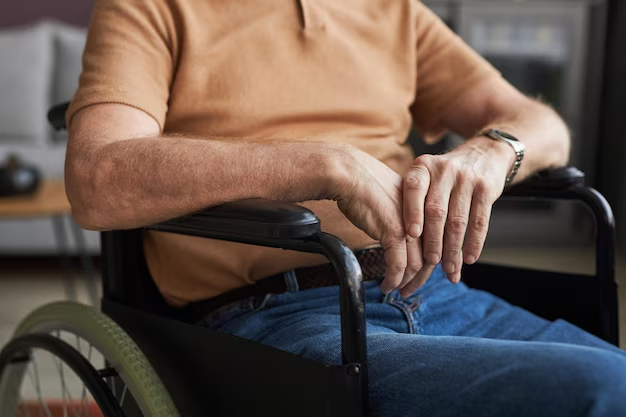Understanding the Progression of Parkinson’s Disease: What to Expect
When faced with a Parkinson’s disease diagnosis, one of the most pressing concerns is how swiftly the condition will progress. Parkinson’s disease is a neurodegenerative disorder characterized by a gradual decline in motor function, often marked by tremors, stiffness, and impaired balance. However, the speed at which symptoms intensify can vary significantly from one individual to another. Here's what you need to know about the progression of Parkinson’s and what resources are available to support those affected.
Factors Influencing Parkinson’s Progression
Parkinson’s disease manifests differently in each person, and several factors can influence the rate of its progression:
- Age of Onset: Generally, individuals diagnosed at a younger age tend to experience a slower progression of symptoms compared to those diagnosed later in life.
- Genetic Factors: Certain genetic mutations are known to influence the disease’s trajectory, either speeding up or slowing down symptom development.
- Response to Treatment: The effectiveness of medications can play a significant role in managing symptoms, which may impact how quickly the disease appears to progress.
- Lifestyle Choices: Physical activity, diet, and overall health can affect an individual’s experience with Parkinson’s.
Typical Stages of Parkinson’s Progression
While there is no definitive timeline for how Parkinson’s will develop, it generally follows a pattern divided into five stages:
- Mild Symptoms (Stage 1): Symptoms are typically mild and may not significantly affect daily life. Slight tremors or changes in posture might be noticed.
- Symptoms Worsen (Stage 2): Symptoms become more noticeable and can include stiffness, walking difficulties, and tremors on both sides of the body.
- Mid-Stage (Stage 3): This is when symptoms become more severe, leading to noticeable impairments in balance and muscle control, but individuals can still lead relatively independent lives.
- Advanced Symptoms (Stage 4): At this stage, symptoms are quite debilitating, and assistance may be needed for daily activities.
- Severe Symptoms (Stage 5): Individuals may require a wheelchair or be bedridden. Around-the-clock care is often necessary due to severe motor impairment.
Supporting Those Affected by Parkinson’s
Navigating the challenges of Parkinson’s disease requires a multifaceted approach, addressing both medical needs and financial support. Ensuring access to necessary resources is crucial for maintaining the well-being of both patients and their families. If you or a loved one is dealing with Parkinson’s, consider tapping into:
- Government Aid Programs: Resources like Medicaid and Social Security Disability Insurance (SSDI) can provide essential financial aid for medical and living expenses.
- Financial Assistance and Debt Relief: Many organizations offer specific programs to alleviate the financial burden posed by long-term care and treatment.
- Educational Grants: There are opportunities for caregivers and patients to benefit from educational grants, which can help cover specialized training or respite care.
- Credit Card Solutions: Some credit cards offer hardship programs or flexible payment plans to manage medical expenses.
Parkinson’s disease undeniably brings about significant changes, but being well-informed and prepared can empower you to manage the journey effectively. By understanding its progression and leveraging available resources, patients and their families can find strength and retain a sense of control in the face of this challenging diagnosis.
Resources at a Glance:
- 💰 Social Security Disability Insurance (SSDI): Financial aid for individuals unable to work due to disability.
- 🏥 Medicaid: Health coverage for low-income families and individuals, including long-term care support.
- 🌟 Parkinson’s Foundations and Support Groups: Community organizations offering educational and financial resources.
- 🎓 Educational Grants for Caregivers: Funding to support caregiver education and training.
- 📊 Credit Solutions: Programs for managing and restructuring medical debt effectively.

Related Topics
- Are There Environmental Causes Of Parkinsons
- Can Alcohol Cause Parkinson's
- Can Concussions Cause Parkinson's
- Can Concussions Cause Parkinson's Disease
- Can Dogs Get Parkinson's Disease
- Can Dogs Get Parkinsons
- Can Dogs Have Parkinson's
- Can Dogs Have Parkinson's Disease
- Can Females Get Parkinson Disease
- Can Head Trauma Cause Parkinson's